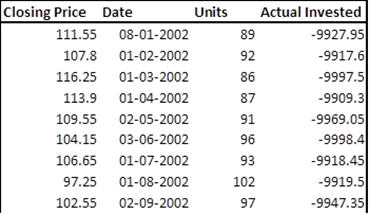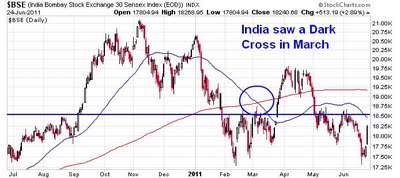“Technical Analysis, which refers to the study of the action of the market itself as opposed to Fundamental Analysis, which studies the goods in which the market deals. We, as technicians, focus our attention on price because that’s the only thing that’s going to pays us, nothing else.”
“Fundamental guys study the cause of market movements; we choose to focus on the effect. All known facts, estimates, surmises, and the hopes and fears of all interested parties are integrated in this effect (price). The Fundamentalist always has to know why, but why doesn’t pay us.”
Must read: Why Charts? | The Reformed Broker.








